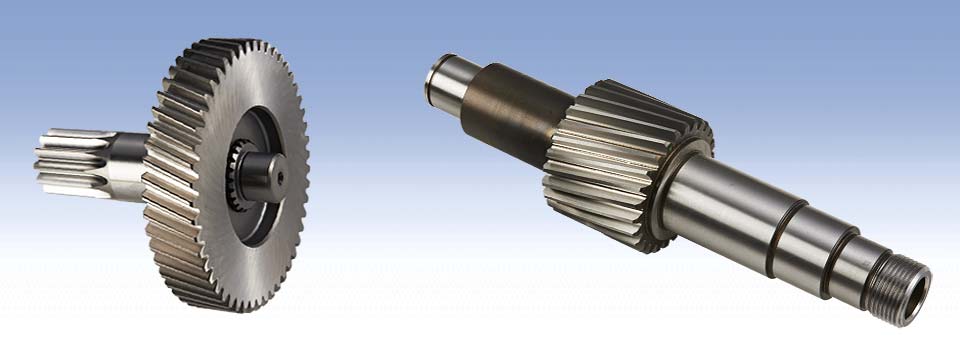A gear system uses two devices with sets of teeth that interlock to create movement. If one gear is bigger, a mechanical advantage takes place. Ask anybody about gears, and they would point at the automobiles that use them. It is true that many millions of vehicles whether for passengers or transport of goods use gears. The manual transmission is now becoming obsolete and automatic transmission is common, but gears are still used. What people do not realize is that simple devices such as locks and clocks make use of a similar gear system for power and movement. Gears take advantage of a system of teeth that may be round, and the interlocking provides the little action. According to designs and shapes, gears may be the spur type, helical, face or worm. Other types of gears are the hybrid, spiral bevel, and zerol.

Get familiar with a few terms connected with gears. In a gear train, gears are mounted on a train, and the teeth of the gears connect. In the epicyclic or planetary gearing, the system contains one or more outer gears as if they were planets that revolve around a central or sun gear. Bicycles traditionally had one gear, but some contemporary bikes contain many gears with a shifting mechanism. In a bevel gear, the two axes intersect, and the teeth are cone shaped.
Gears and shafts go together. A shaft is a metal rod on which a series of devices like gears, bearings, and pulleys could be attached. The shaft typically transmits power and torque. A coupling connects two shafts together to transmit power.

Thus, Gears and shafts work together and are essential to mechanical devices whether used with a power source or independently. Clocks and Locks can function without electricity sources too, and many of them work mechanically without power connections.

Get familiar with a few terms connected with gears. In a gear train, gears are mounted on a train, and the teeth of the gears connect. In the epicyclic or planetary gearing, the system contains one or more outer gears as if they were planets that revolve around a central or sun gear. Bicycles traditionally had one gear, but some contemporary bikes contain many gears with a shifting mechanism. In a bevel gear, the two axes intersect, and the teeth are cone shaped.
Gears and shafts go together. A shaft is a metal rod on which a series of devices like gears, bearings, and pulleys could be attached. The shaft typically transmits power and torque. A coupling connects two shafts together to transmit power.

Thus, Gears and shafts work together and are essential to mechanical devices whether used with a power source or independently. Clocks and Locks can function without electricity sources too, and many of them work mechanically without power connections.
No comments:
Post a Comment